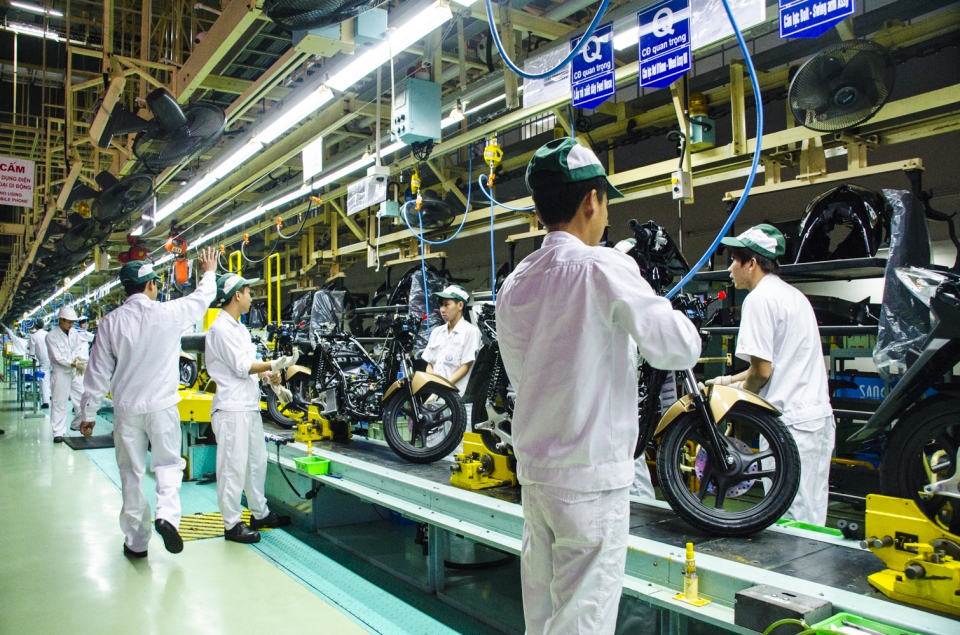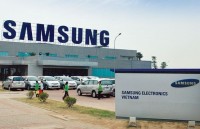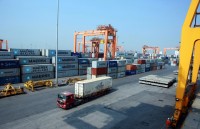
Education and healthcare among priority FDI sectors in 2018-2030
Latest
| TIN LIÊN QUAN | |
| Foreigners keen on investing in Vietnam | |
| 411 new FDI projects licensed in two months | |
Vietnam has so far achieved remarkable outcomes in FDI attraction. FDI capital has increased by nearly 1,000 per cent over the last ten years. FDI value per capita has exceeded China, India, and all big ASEAN countries, excluding Malaysia.
FDI capital in 2017 has nearly doubled in comparison to 2014.
However, processing and manufacturing projects, which create low added value, wages, and weak spillover effects, have been dominating the FDI scene with huge total investment value.
 |
| Illustrative image. (Photo: VNA) |
As a result, the Foreign Investment Agency (FIA) has just announced the draft of the new-generation FDI attraction orientation and strategy for 2018-2030, when Vietnam cannot actively promote investment in all sectors at the same time, so Vietnam needs to select priority sectors and concentrate resources in order to gain preferable outcomes as well as protect the environment, save energy, and strengthen linkages with domestic firms.
Thereby, the new-generation FDI attraction strategy will focus on the sectors which bring the most added value, use new technology, promote R&D activities, and create strong spillover effects. These will support domestic firms to join global value chains, as well as act as catalysts to create a new generation of successful domestic firms.
Priority FDI sectors are combined with others that make the most added value for connected investment promotion activities. Of these, education and healthcare bring the most added value, and pharmaceutical and hi-tech equipment, health products, OEM automobiles, and transport are the sectors with the highest potential.
In order to attract FDI to these sectors, Vietnam needs to build incentives which are more interesting than in surrounding countries. According to a research of the World Bank, Vietnam is already applying the duty-free regime. However, investors in Vietnam could enjoy only 2-4 years of duty-free operations, lower than the regional average of 8-10 years, but they would receive 50 per cent tariff reductions in the next 4-9 years.
On the other hand, Vietnam’s preferential taxes by each sector are better than the average of the East Asia-Pacific region and investors in the country can enjoy various incentives at the same time, according to FIA's report.
 | ROK at forefront of foreign investors in Vietnam The Republic of Korea (ROK) is the largest foreign investor present in Vietnam with investment capital of US$355.6 million, accounting for 28.3% of the country’s ... |
 | Vietnamese economy set for sustained growth in 2018 The national economic growth will continue to be marked by positive trends this year thanks to improvements to institutions and the investment environment, according to ... |
 | Property market attracts 77.6 million USD in FDI in January Foreign investors poured a total of 77.6 million USD into the real estate market in January, according to the Foreign Investment Agency under the Ministry ... |
























